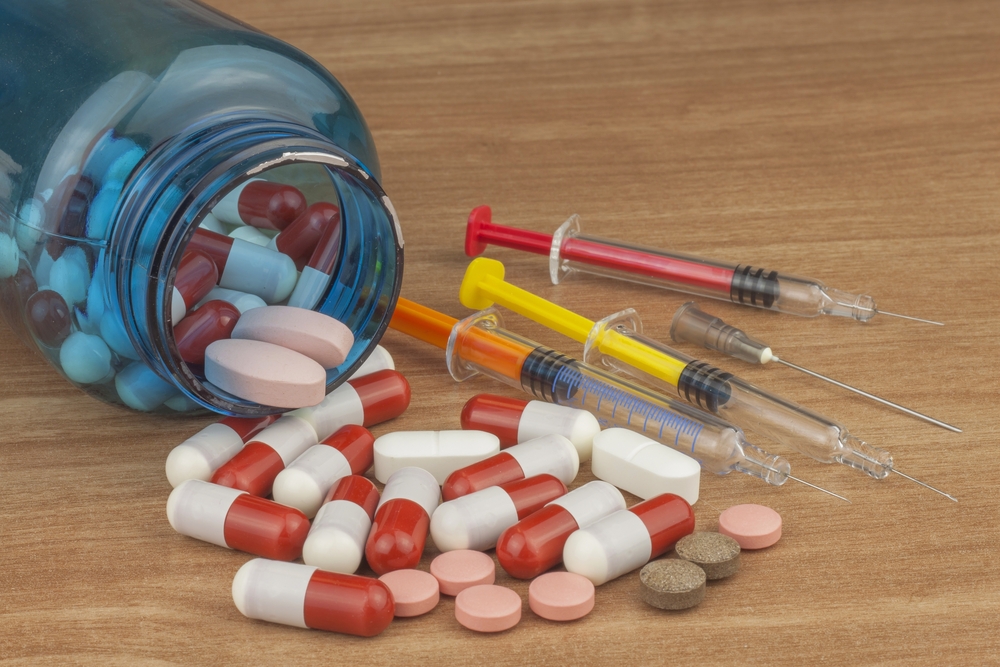Anabolic-androgenic steroids, usually referred to as “anabolic steroids”, are synthetic substances that mimic male sex hormones. These steroids stimulate male characteristics both in males and females, enhance skeletal muscle development, and boost red blood cell production. The anti-catabolic property of these substances prevents tissue breakdown linked with tremendous intensity activities. They are used to treat adolescent males with delayed puberty, hypogonadism, impotence, anaemia, osteoporosis, breast cancer and several other health problems caused by hormonal imbalance.
There are more than 100 kinds of anabolic steroids but only a few have been legally authorized for medical use. They may be administered internally through oral and intravenous routes or externally by applying cream or gel. These drugs are either prescribed or obtained illegally. People often use these steroids to gain more muscle mass in a short amount of time wherein high potential for abuse is possible. Doses consumed by persons who abuse these substances are 10 to 100 times higher than the approved dosage prescribed for those who have medical conditions.


